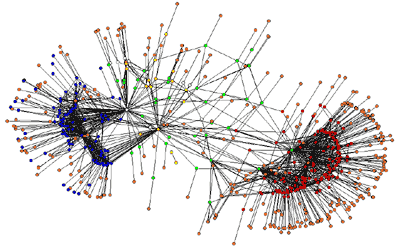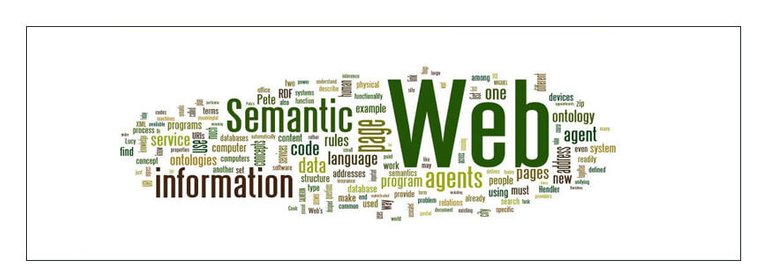Classification of types of search queries - if you want to "eat a dog" in this topic and "do not choke on the tail", then carefully read this article. We will help you figure out what kinds of search requests there are.

Why do we need to collect a semantic core?
To become a winner, you need, first of all, to know the rules of the game. If you decide to start promoting your site in the Internet space, then remember: rule No1 - each site must have its own semantic kernel. What is it for? Keywords that are part of the semantic core are certain markers on your site, the more these markers are relevant to queries, the more likely your site will get to the top of the search engines.

Types of search queries: what are they?
By frequency
This indicator depends on how often users enter a query into the search engine.
- High-frequency requests (HF). One or two words that characterize your niche.
Example: Internet promotion, bed, bag.
Number of requests: from 5 thousand per month and higher.
Use them makes sense, if you have allocated large budgets for promotion on the Internet. Very big. Simply put, do not waste time and money on them, especially if you have a young website. It is better to pay attention to medium- and low-frequency queries.
- Mid-frequency requests (MF). They consist of two or three words, which more specifically tell what the user needs.
Example: Internet promotion 4Limes, metal bed prom.ua, bag Prada
Number of requests: from 1 thousand to 5 thousand.
These queries will help you to customize the site for your potential customers, because they more or less reveal the needs of Central Asia.
- Low-frequency (LF) and micro-low-frequency (MNCH). Specific user requests, consisting of four or more words.
Example: 4Limes Internet promotion in Ukraine, metal bed with canopy prom.ua, red leather bag Prada.
Optimizing your site for low- and micro-frequency requests, you have a high probability of being in the TOP-10 issuance, having spent a very modest amount. Also, for low-frequency it's good to run contextual advertising, since you can achieve high clickability at a small cost per click.

For competition
Competitiveness is determined by how often these requests are used on other resources. The higher the competition, the more difficult it is to promote the site.
• Highly competitive requests (HC). The territory of experienced companies with powerful content and large budgets. Fresh web resources, alas, at the top of the issuance will be extremely difficult.
• Mid-competitive inquiries (MC). Most often, these are requests containing commercial goals. By such already it is possible to adjust the context.
• Low-competitive requests (LC). Optimization for them - an excellent solution that will help you get to the top of the search engines. Also, optimizing the site for these queries, you will spend a smaller budget than when optimizing for medium-frequency queries.

By frequency and competition
If you want to bring the best quality traffic to the site, at a low cost, then you need to analyze the frequency and competition and compare the data. To make it easier for you to determine which combination is the most successful, we have prepared a small cheat sheet:
● HF + VC. Only high frequency. To move forward is expensive and long.
● HF + SC. Progress will give the same result as in the first case.
● HF + HF. Very rare, haypovye requests, if they were able to identify them - you will be in the TOP.
● MF + VC. Popular searches with commercial content. Promotion is expensive and difficult.
● MF + SC. Good combination. Quality traffic + low cost.
● MF + NC. You need to properly search for such queries in the topics relevant to your business. But get a good result.
● LF + VC. These are costly and common thematic inquiries. Long and expensive promotion.
● LF + SC. Requests that are popular in various topics. Progress on them is quite complicated, but if you do it right - get a good result.
● LF + NC. All the low frequency. Here you can easily get to the top issue.

According to the level of information needs of the user
This type depends on his intentions:
• Are common:
Requests without specifics - a towel, flowers, a glass. In search results will be both commercial and non-commercial sites.
• Navigation:
The purpose of the request is to reach a certain site. For example, Foxtrot, 4limes, shop Sportsmaster.
• Information:
In this case, the user needs an answer to a clear question. Usually they begin with the phrases "How", "Why", etc. When ranking in the TOP fall sites with quality content.
• Transactional:
Search queries with the words "buy", "order", etc. The request is conversion, as users enter it, with the intention of buying something.
• Multimedia:
In the requests appear such words as "photo", "gallery", "video".

In terms of business value indicators
They are divided into two types:
• Commercial - with the words "value", "price", "buy". The most competitive and expensive. Progress on them is not easy.
• Non-commercial - with phrases "own hands", "what is", "how to do." The user sets the writes requests, in the event that he wants to receive specific information. They can be used in building content marketing to attract potential customers.
• Geo-dependent - the search output of which depends on the geolocation of the user. The complexity and cost of promotion in this type depends on the region. For example, promotion in Kiev will be more difficult and more expensive than in Berdyansk.
• Geo-independent - output that is not tied to the region. A user who is in the same region can search for services in another region. The decisive factor in ranking this kind will be the quality of the content.
Who should be engaged in the selection of search queries for SEO optimization and contextual advertising settings
You can go in two ways:
• First - configure yourself. Everything will turn out cool, if you know the skills of SEO-optimization and you have experience in setting up contextual advertising. Otherwise, there is a high probability of draining the budget. This is reality, so if the skills and experience are absent - safely choose the second way.
• The second way is to hire a specialized agency that will help you bring quality traffic to the site with minimal expenses.
Want to know why your site is still not in TOP, and how to fix it? Please contact [4Limes] (http://4limes.com/), we will be glad to help you!